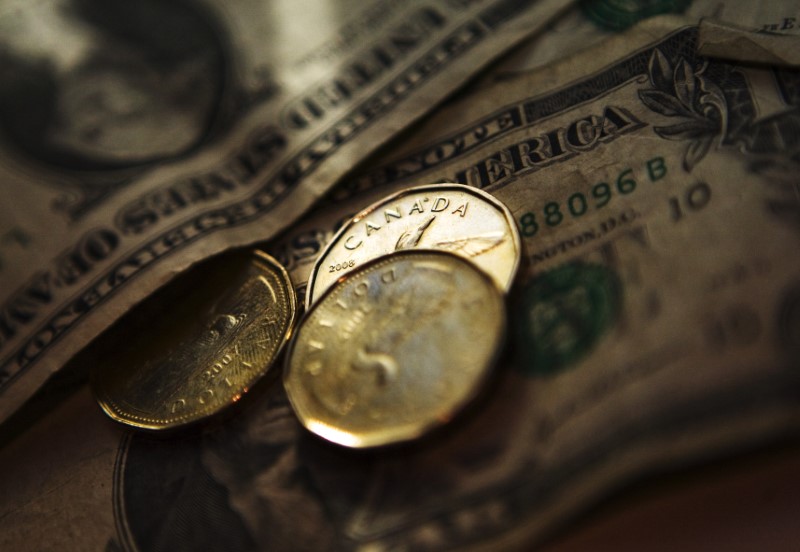Investing.com’s stocks of the week
Investing.com - The U.S. dollar fell against its Canadian counterpart on Wednesday, weighed by the release of downbeat U.S. housing sector data, while higher oil prices lent support to the commodity-related Canadian currency.
USD/CAD hit 1.2714 during early U.S. trade, the pair’s lowest since Monday; the pair subsequently consolidated at 1.2726, shedding 0.24%.
The pair was likely to find support at 1.2667, Monday’s low and resistance at 1.2781, Tuesday’s high and a one-month peak.
The greenback weakened after the U.S. Commerce Department reported on Wednesday that the number of housing starts and building permits both fell in July.
The weak report offset optimism sparked on Tuesday by data showing that U.S. retail sales rose at a faster than expected rate last month.
Market participants were looking ahead to the Federal Reserve’s most recent policy meeting for indications on another potential rate hike this year.
Meanwhile, the Canadian dollar benefited from a rise in oil prices on Wednesday, ahead of weekly supply data.
Markets seemed to shrug off a separate report showing that Canada’s foreign securities purchases fell by C$923 million in June, compared to expectations for an increase of C$23.45 billion.
Foreign securities purchases climbed by C$29.44 billion in May, whose figure was revised from a previously estimated rise of C$29.46 billion.
The loonie was lower against the euro, with EUR/CAD declining 0.59% to 1.4881.
Sentiment on the euro remained vulnerable however, following reports European Central Bank President Mario Draghi will not deliver any fresh monetary policy message at the U.S. Federal Reserve's Jackson Hole conference.
The report tempered expectations that the ECB is moving closer to announcing plans to scale back its monetary stimulus program.
